Standardbots vs KUKA Robotics


Which industrial robots are the better fit in 2025?
Trusted by Fortune 500s and independent shops




















3 reasons to use Standard Bots over KUKA Robots
Plug n Play
Integrate your existing equipment via network & I/O ports, or direct integration with mills from Haas.
Cost Effective
Starting at $49,500, our flagship Thor model out-lifts, out-performs and out-prices the competition.
Seamless Setup
Anyone can program a Standard Bots robot and automate tasks in hours using our no-code interface, ArcOS.
"Our operator who doesn't code set up Standard Bots in a day."- Henry

How Standard Bots compares to KUKA Robots
Further reaching, more precise, better priced.
The future of automation
starts today
Our new AI product, now in private beta, lets you demonstrate a task to the robot, and then it will perform the task autonomously using a learning model. The robot will even adapt to variations in the environment and correct on its own.
Standard Bots vs. KUKA: Which industrial robots are the better fit?
3 reasons to choose Standard Bots over KUKA
- Lower real cost: Standard Bots delivers equivalent or better performance across all key specifications and multiple form factors, at a fraction of the cost.
- Standard Bots Core ($37,000 list price) – 18kg payload capacity, 1.3m reach
- Standard Bots Thor ($49,500 list price) – 30kg payload capacity, 2m reach
- Ease of use & deployment: Core and Thor save time for every team, regardless of whether you have in-house robotics engineers. The drag-and-drop touchscreen interface and built-in vision let you program and run jobs in hours. KUKA’s KRL programming and integration process often require specialists and extend setup to several weeks.
- Enterprise specs, SME-ready: KUKA’s LBR iiwa offers strong precision but limited payload and shorter reach. Thor solves both, combining a 30kg payload with a full 2m reach in one balanced system. That flexibility makes it equally capable for small shops and large-scale industrial setups.
How does Standard Bots compare with KUKA?
Standard Bots Core vs. KUKA LBR iiwa 14 R820: Quick comparison
Standard Bots Thor vs. KUKA LBR iiwa 14 R820: Quick comparison
These comparisons make one thing clear: Standard Bots matches and exceeds KUKA’s specs at a lower cost and with faster deployment.
What to look for in a KUKA competitor
If you’re comparing KUKA to other options, focus on these factors to decide which option best fits your production goals.
The key factors include:
- ROI & payback period: Can you get a return in months, or will it take years?
- Service and reliability: Local support keeps downtime from turning into lost contracts.
- Ease of programming: No-code or simple teach interfaces can save you months of training.
- Compatibility: The robot should talk to your existing CNCs and PLCs without expensive middleware.
For smaller and mid-sized shops, the highest priorities are often ROI and how quickly the robot can be deployed without heavy integration.
The 5 best KUKA competitors in 2025
1. Standard Bots
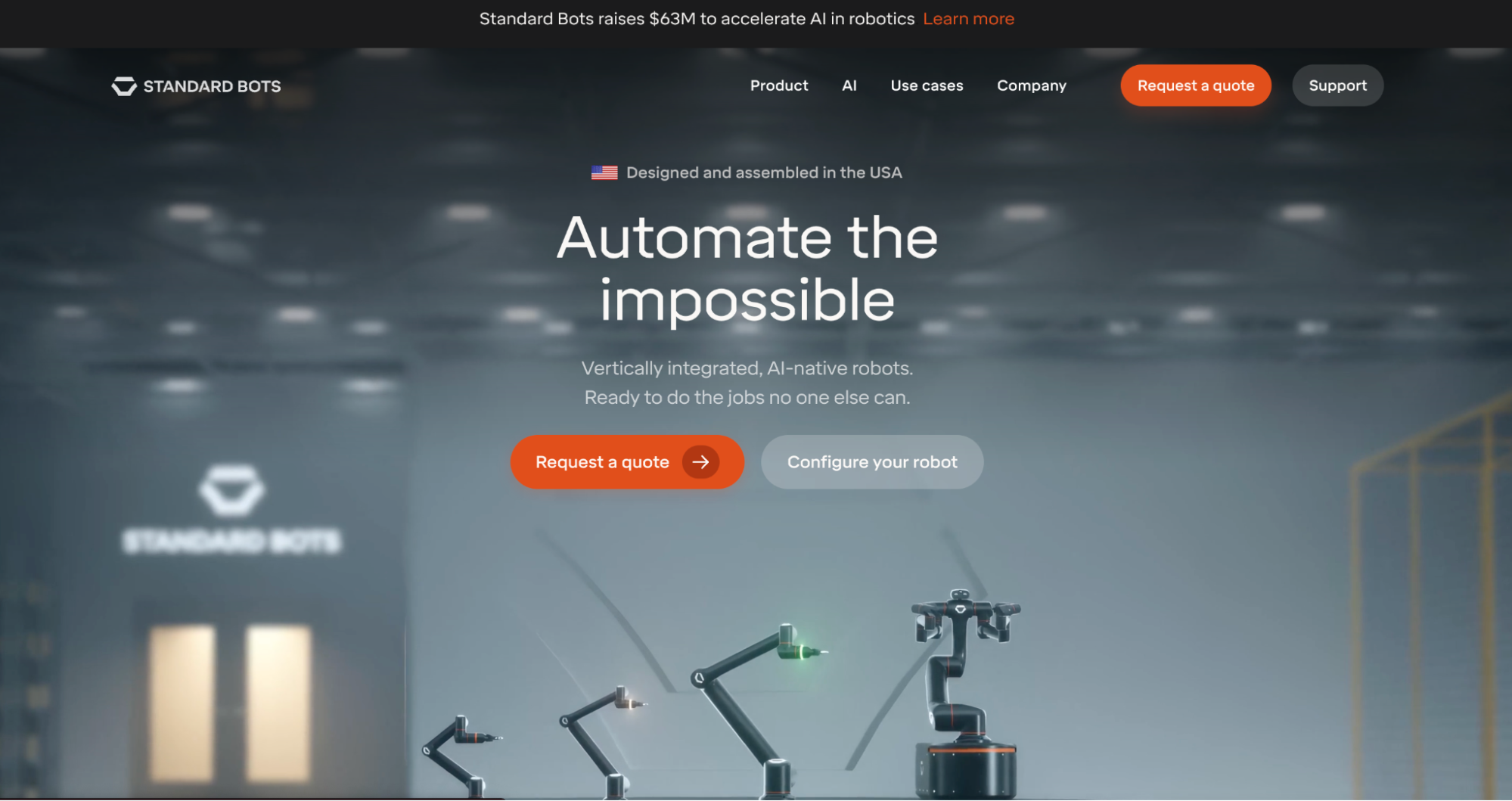
Standard Bots delivers enterprise-level performance without enterprise overhead. Core handles everyday automation like CNC tending, welding, and palletizing with built-in 3D vision and safety. Priced at $37k, it arrives pre-integrated and needs only a gripper to begin production.
Thor extends the same platform with a 30kg payload and 2m reach, built for heavy-duty workflows. Both deploy in days without external integration, helping manufacturers shorten ROI cycles and start production faster than any KUKA setup.
Best for: All manufacturers, ranging from small workshops to large facilities, requiring industrial-quality robots with accessible setup and affordable costs.
Strengths:
- Designed and assembled in the USA
- All-in-one package, no hidden add-ons
- No-code programming and built-in 3D vision
- Thor extends coverage to heavy-duty jobs
Trade-offs:
- Limited international shipping
2. ABB
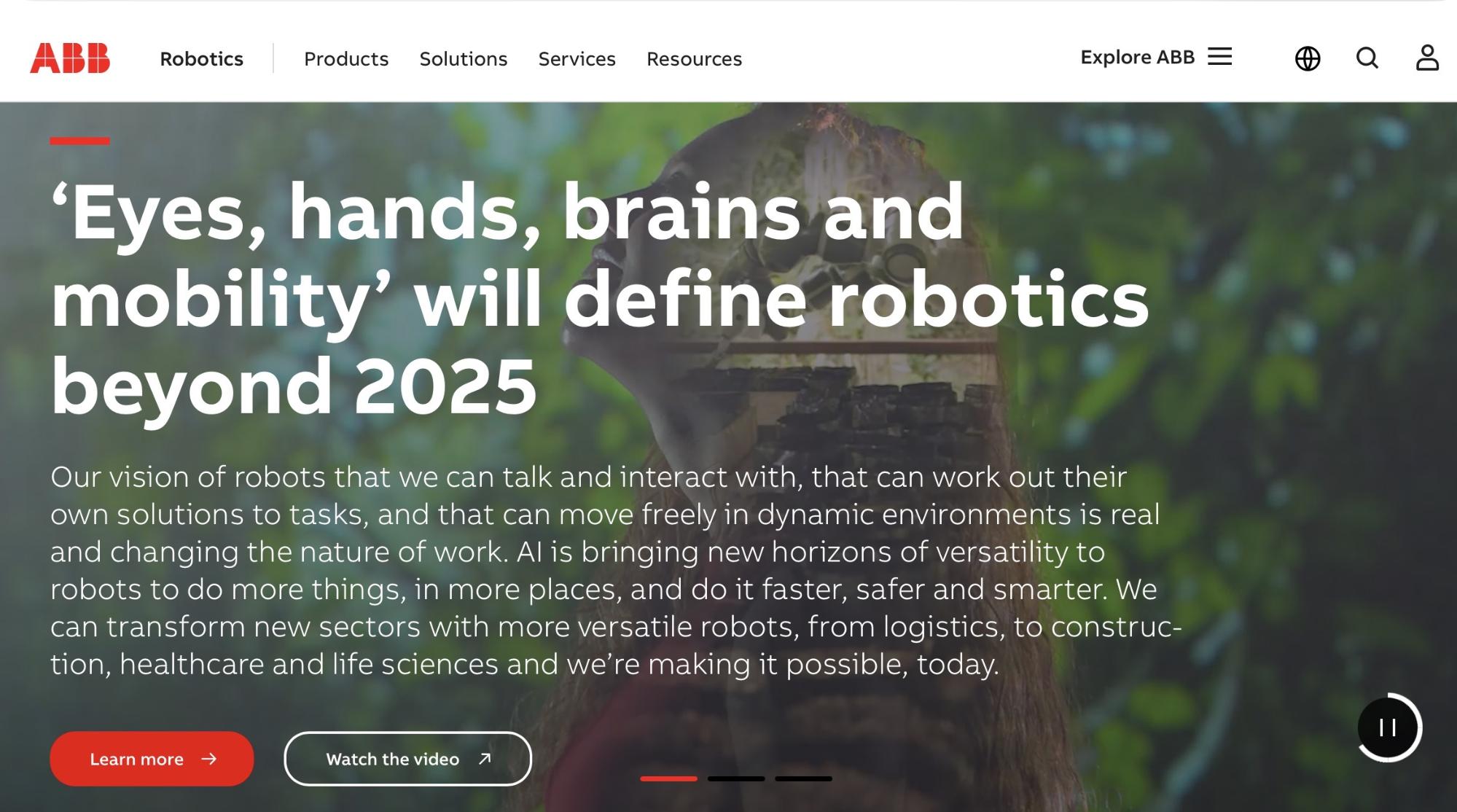
ABB brings strong engineering, motion precision, and a global footprint. However, setup usually depends on integrators and add-on safety and vision, which stretches timelines.
Best for: Enterprises with in-house engineers and high-volume cells.
Strengths:
- Durable hardware
- Wide service network
- Powerful RAPID programming
Trade-offs:
- Longer deployment cycle compared to pre-integrated cobot systems
- Integration, hardware, and service needs can push real costs well above the list price
3. FANUC
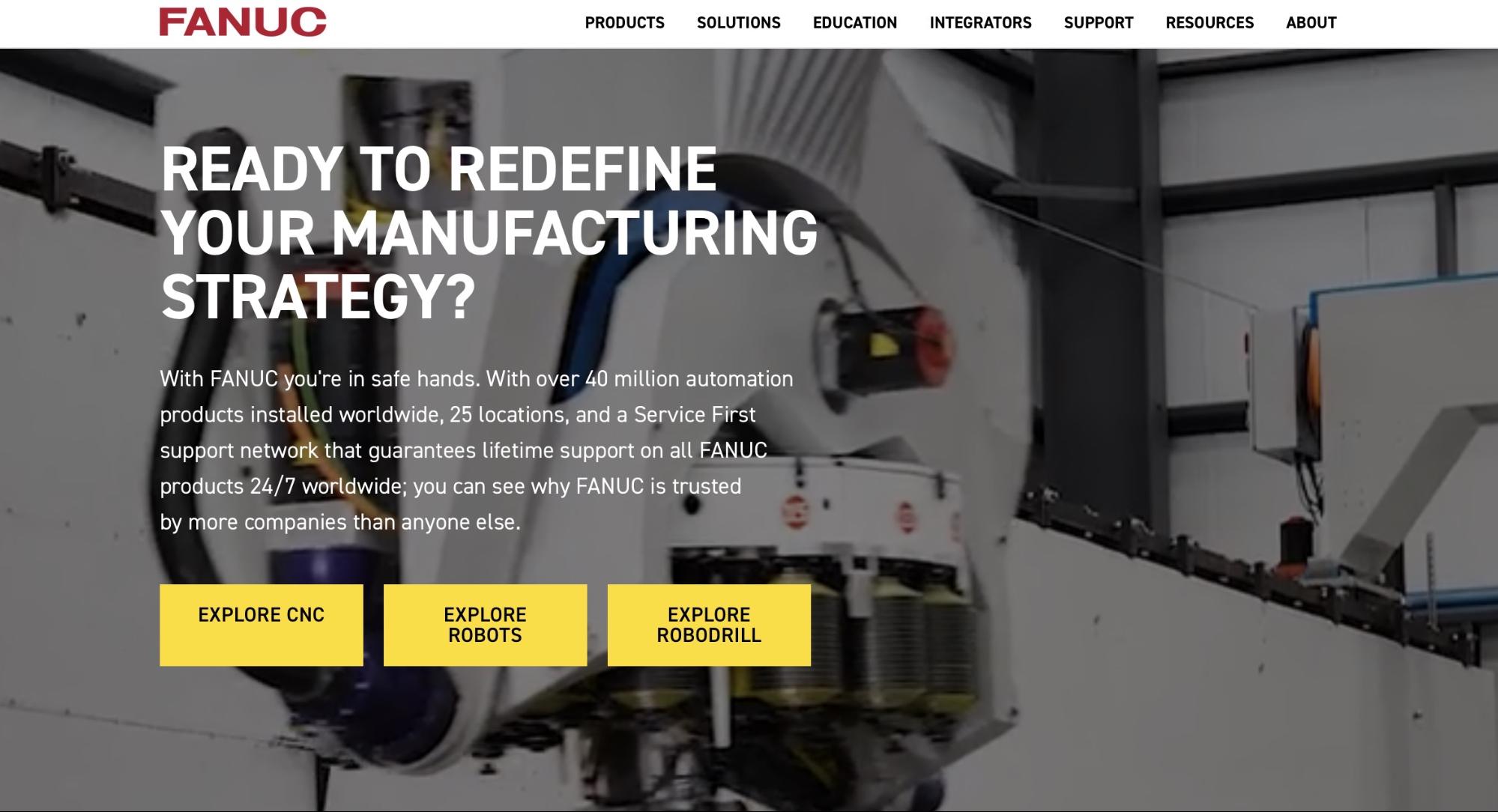
FANUC is widely recognized and supported by a worldwide service network. Its arms often run for decades, but the complexity and reliance on proprietary programming limit accessibility for SMEs.
Best for: Enterprises that prioritize brand name and don’t mind proprietary programming.
Strengths:
- Claimed high precision
- Wide parts availability
- Durable hardware
Trade-offs:
- Integration adds cost and time
- Proprietary programming requires specialists
4. Universal Robots (UR)
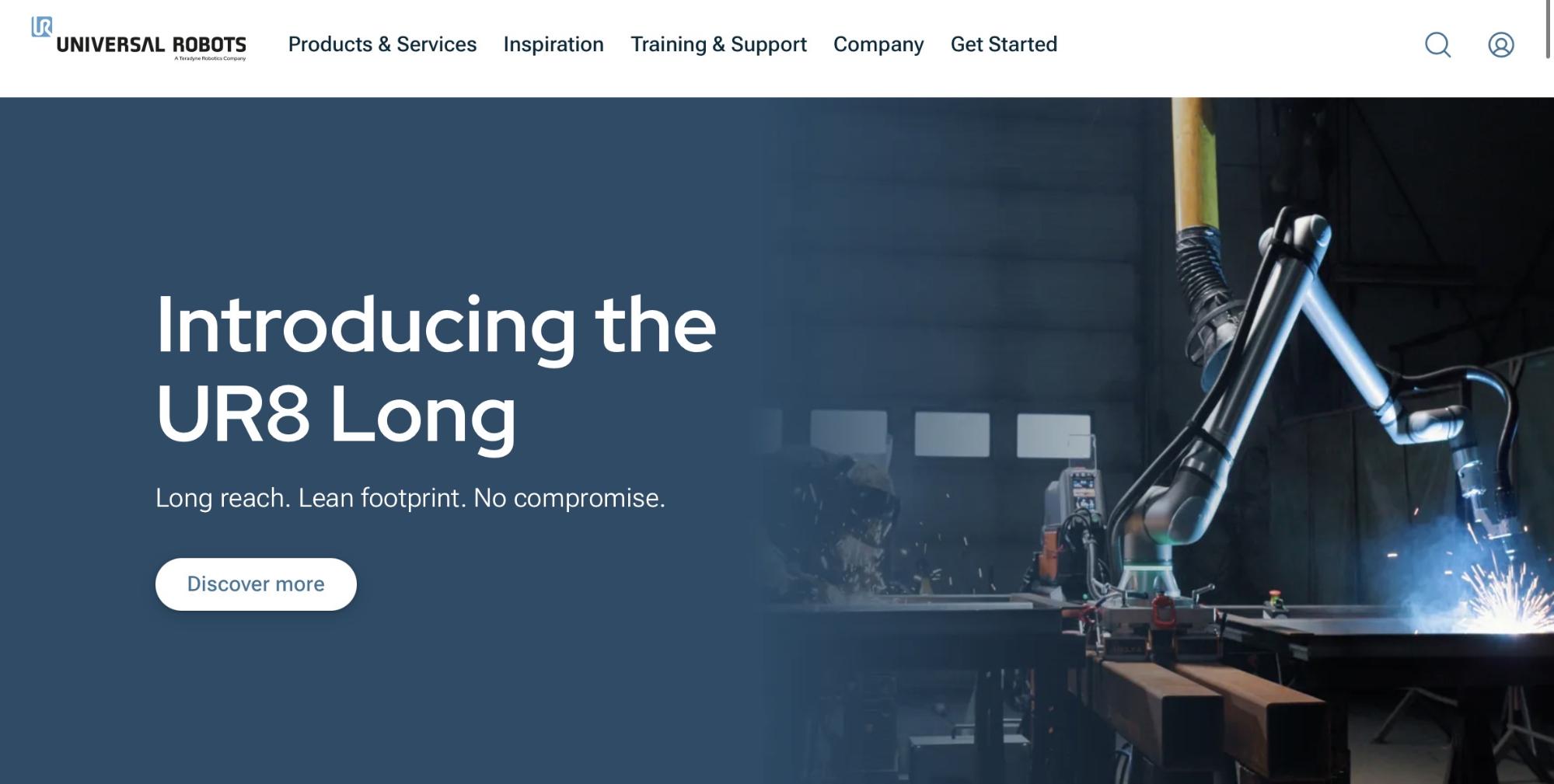
Universal Robots is a cobot brand with a decent ecosystem of accessories and partners. Its systems are flexible and approachable, but total costs rise once vision, grippers, and integration are added.
Best for: Manufacturers who want wide third-party options.
Strengths:
- Global accessory ecosystem
- Simple Polyscope programming
- Good service and training network
Trade-offs:
- Vision not included by default
- Integration adds time and complexity
- Typical deployments cost $60k to $80k
5. Yaskawa Motoman
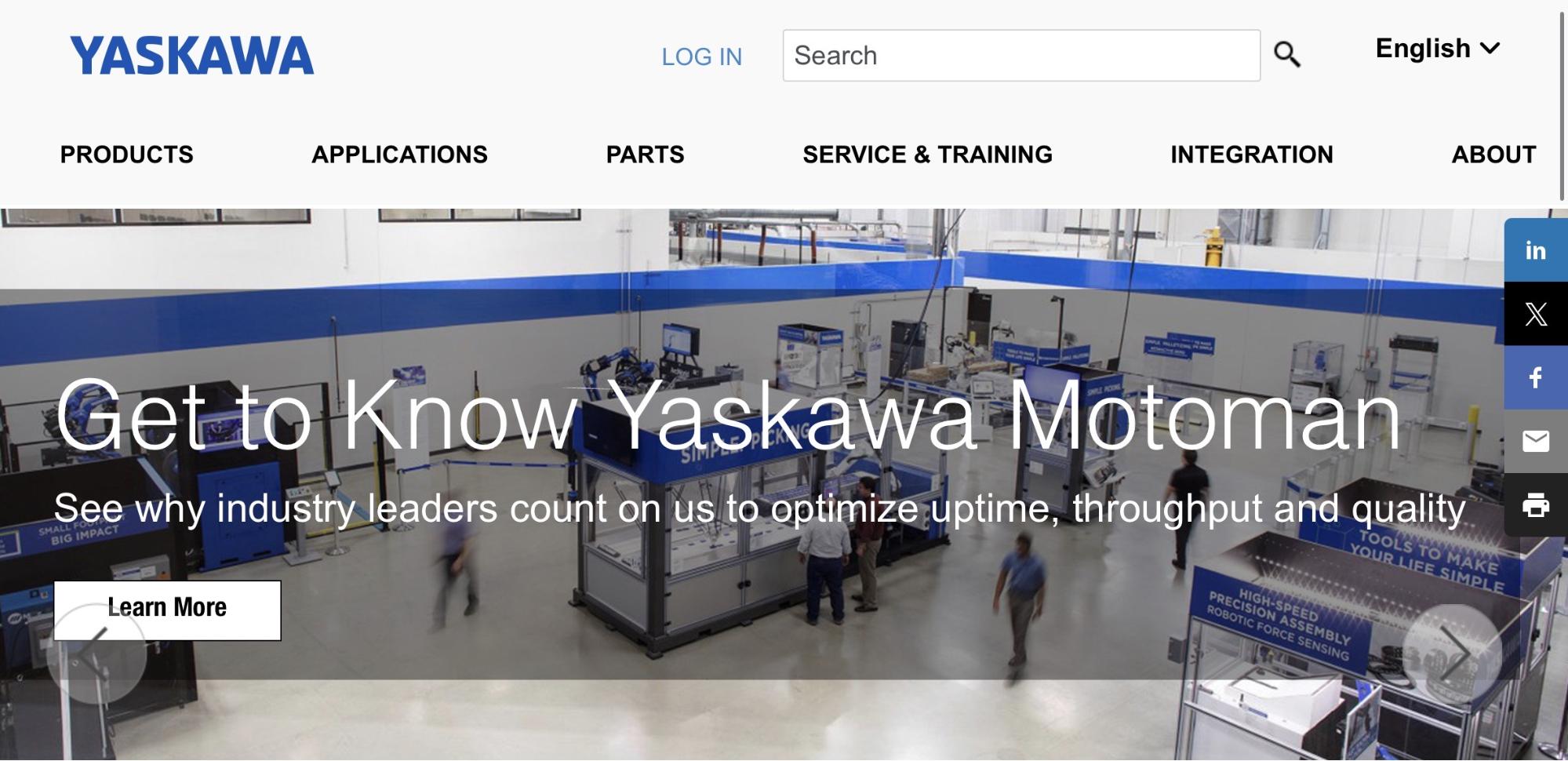
Yaskawa’s HC series is especially strong in welding and material handling. It’s durable and well-supported in North America, but proprietary programming slows deployment for smaller teams.
Best for: Larger shops with recurring low-mix production.
Strengths:
- Durable mechanics
- Strong welding integrations
- Solid service presence in North America
Trade-offs:
- Integration adds time and cost
- Proprietary language requires specialists
How does KUKA compare with its competitors?
Verdict
KUKA remains popular in automotive and aerospace, but its high cost and integration needs make it impractical for most manufacturers. Standard Bots delivers equivalent precision, faster deployment, and transparent pricing, making it the smarter choice for small and mid-sized operations seeking enterprise performance without enterprise cost.
For shops of any size, Standard Bots is the faster, more affordable route. Core delivers predictable ROI, and Thor extends those advantages to heavier-duty applications without the enterprise overhead.
FAQs
1. Is Standard Bots really cheaper than KUKA robotics?
Yes, Standard Bots is cheaper because Core lists at $37,000 with built-in 3D vision, whereas KUKA robots require costly integration and extras that push real deployments far higher.
2. Which industries use KUKA industrial robots the most?
KUKA industrial robots are used the most in automotive, aerospace, and electronics manufacturing. These industries rely on KUKA for high-volume welding, assembly, and heavy-duty automation.
3. How does Standard Bots Core compare to a KUKA robotic arm in precision?
Standard Bots Core achieves ±0.025mm repeatability, a level of precision that equals or surpasses KUKA’s LBR iiwa series. That accuracy lets Core handle tight-tolerance machining, inspection, and assembly tasks that usually require higher-priced industrial robots, making it a strong choice for all manufacturers needing consistent output at lower cost.
4. Are Standard Bots cobots easier to program than KUKA?
Standard Bots cobots are easier to program than KUKA robots because they use a no-code, drag-and-drop touchscreen interface. KUKA’s KRL language requires coding knowledge and integrator support, which adds time and complexity to deployment.
5. Which KUKA competitors offer the best value in 2025?
The best KUKA competitors in 2025 are Standard Bots (Core and Thor), ABB, FANUC, and Yaskawa. Standard Bots leads this group with faster deployment, predictable pricing, and built-in software, giving manufacturers the best balance of value and performance.

